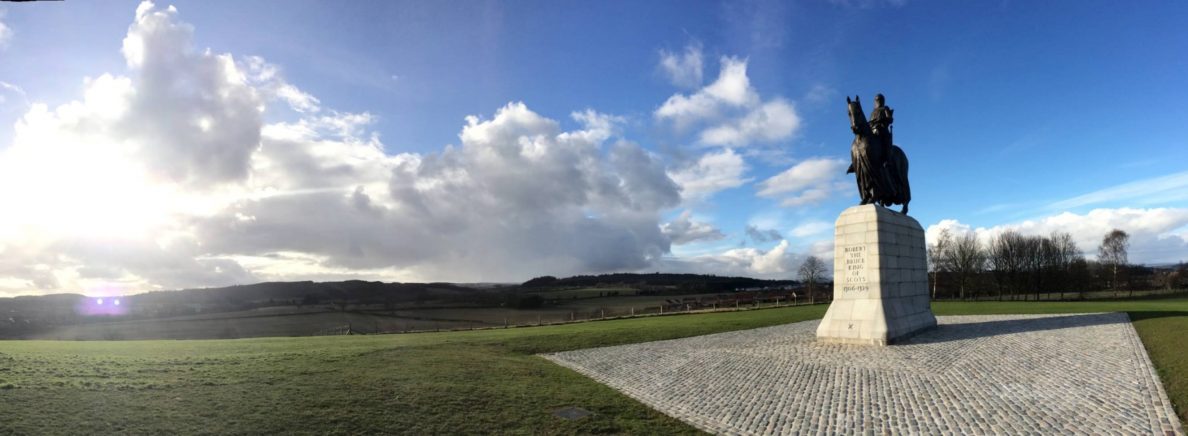Bailies and Makars
One of the more unusual roles I have as a Stirling Councillor is as “Bailie Chris Kane”. The title is a ceremonial one today, but for hundreds of years while Stirling was a royal burgh, a Bailie was the precursor to a modern councillor. The official position of Bailie was abolished in law in 1975, but in 2008 Stirling Council revived the position with four Bailies to assist the Provost undertake the civic duties of the council. In Stirling the modern custom is that each political party can nominate one Bailie to ensure it is a civic rather than a political role – so we’ve got one from Labour, SNP, Conservative and Green.

Another ancient role that Stirling has revived in recent years is that of Makar. Stirling’s current Makar, or official poet, is Clive Wright. Makars date back to the court of James IV in the fifteenth century and Clive is the third modern Makar since 2009 (after Magi Gibson and Anita Govern). It’s a three year term and comes with a honorarium of £1000 per year.
At this week’s meeting of the Provost’s Panel, Clive was there to provide an update on his work over the last year. I snapped this picture of Clive performing his latest poem for Stirling all about the life of King James IV, with Provost Christine Simpson looking on. I wonder how many previous Provosts over the centuries have sat and listened to previous Makars in a similar situation – I was certainly aware of the long continuity of local history and felt very fortunate to be there to see it.
The Makar works with schools and local writers to promote poetry, along with composing an annual “poem for Stirling”.
The Weather

I’m writing this at the kitchen table on Thursday afternoon, looking out of the window as the snow continues to fall as it has done for most of the day. My patio table has for fifteen years been the yardstick (perhaps literally) by which I measure snow depths. It’s currently at 14 inches and growing. The most my trusty table has ever had is nine inches, back in 2010. So today has officially seen the most snow to fall in my back garden since kane family records, and the kane family house, began, in 2002. I’ve given up clearing driveway after having been out with a shovel three times already today. I cannot remember colder days, but I cannot remember a day with as much snow lying on the ground. All of Stirling’s schools are shut for a second day and they’ll be closed again tomorrow. Stirling Council has gone into emergency mode, with all available staff on gritting / ploughing / assisting the vulnerable. The council staff are doing a remarkable job under difficult circumstances and I hope they all realise how much of a debt of thanks we owe them and how much they have my respect and admiration.

One of the things about spending so much time at home with family is that nerves can get a little frazzled – which can lead to little outbursts of passive aggressiveness on the fridge!
Community Garden
Normally on an unexpected day off I’d head over to the Community Garden to do some weeding. I’m not sure I could find the weeds today, but I did head over with my camera to see what was happening. The hens were all under cover and the braehead bees are well insulated anyway, but the extra coating of snow will probably help even more. Today’s “Dr Bike” session has been cancelled, but it will be back in a fortnight. We’ve teamed up with our friends at Recykabike and the Stirling Cycle Hub to offer free “health checks” for your bike. Simply turn up on 15th March between 4pm-6pm with your bike, and one of the technicians will give it a quick tune up. If, if, if the weather is good on Sunday, there’s an Active Travel Day in the garden between noon and 4pm and and I’ll be leading a bike tour around the Braehead Heritage Trail. I was persuaded to do it with the promise of a loan of an electric bike for the afternoon – it should be fun!




